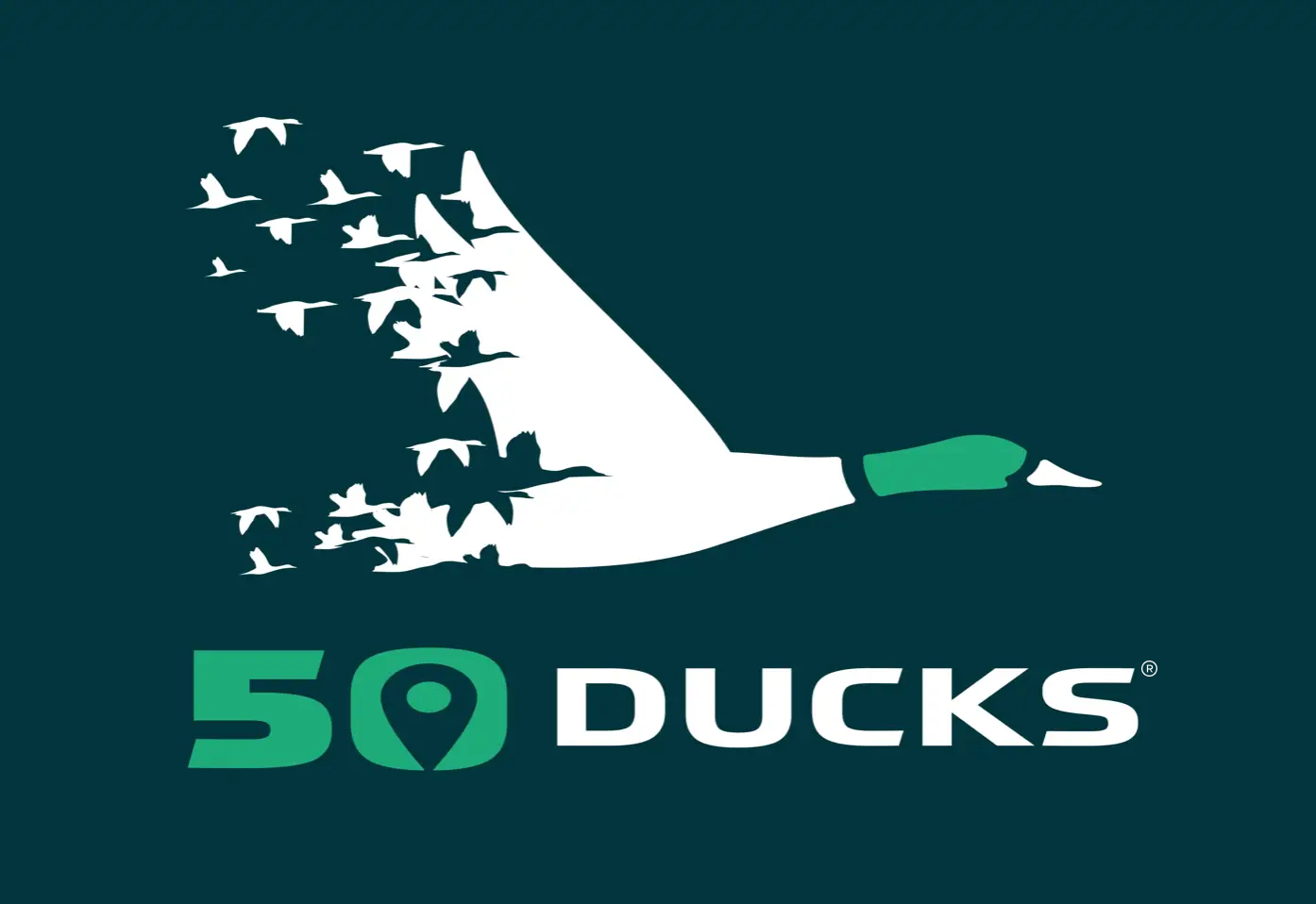Historical Insights for Duck Conservation
The Historical Insights for Duck Conservation from 50 Ducks offers a deep dive into the history of waterfowl populations and conservation efforts. With comprehensive data on emerging trends, migration patterns, and habitat use, this page equips birdwatchers, conservationists, students, and researchers with essential context for current data.
Detailing the waterfowl population over time helps guide informed decisions for future conservation strategies. Resources include breeding population surveys, pond counts, and interactive data visualizations. These tools enable users to learn from previous conservation successes and challenges and foster a deeper connection with these magical creatures.
Total Breeding Population Duck Numbers
Total breeding duck estimates for the traditional survey area, in thousands.
No Data Found
May Pond Counts
Numbers are in thousands.
No Data Found
Eastern Survey Waterfowl Counts
Data in thousands.
No Data Found
Total Survey
Duck Populations over time in thousands
No Data Found
Please note that the data presented in all four tabs above is in thousands; for example, 40,000 equals 40,000,000, but has been reduced by a factor of 1,000 for clarity.
Waterfowl Populations Over Time:
At 50 Ducks, we empower waterfowl ecology enthusiasts through our comprehensive platform. Our Historical Insights for Duck Conservation allow you to explore critical topics such as historical population trends and significant events from the past and present.
Our “Waterfowl Populations Over Time” application offers an interactive visualization using United States Fish and Wildlife Service (USFWS) data. This data is sourced from the Breeding Population and Habitat Surveys, the Eastern Survey Region, and the May pond counts for 2024.
The Breeding Population and Habitat Survey is conducted in late spring and early summer to estimate major waterfowl species’ potential breeding population sizes. Researchers utilize aerial and ground counts across the survey area to count individual duck numbers. This data is then used as input for computer models created by USFWS, CWS (Canada Wildlife Services), and other researchers across the continent to estimate the total breeding population.
“May ponds” refer to the estimated number of ponds counted simultaneously with the waterfowl. This forms part of the Waterfowl Breeding Population and Habitat Survey (WBPHS) habitat component, often abbreviated as BPOP. The BPOP represents the breeding population of waterfowl and their habitat conditions.
For more details about the Breeding Population and Habitat Survey, the Mid-Winter Waterfowl, or Eastern Survey Waterfowl Counts, please visit the USFWS website:
Transform Learning With Comprehensive Duck Conservation Data
Education and research become more exciting with our comprehensive reports and innovative technology. By exploring historical insights for duck conservation, you can investigate waterfowl population trends to understand the factors influencing their behavior and habitat.
Our platform enhances the learning experience and inspires active participation in future generations. With detailed data and interactive tools, you become a part of the mission to protect these incredible species. Start tracking ducks near you today, and join us on this journey as we monitor waterfowl and their habitats.
Mallard
No Data Found
Northern Pintail
No Data Found
Cinnamon Teal
No Data Found
Lesser Snow Goose
No Data Found
Greater White-fronted Goose
No Data Found
Gadwall
No Data Found
American Wigeon
No Data Found
Northern Shoveler
No Data Found
Ross's Goose
No Data Found
Tule White-fronted Goose
No Data Found
Canvasback
No Data Found
Green-winged Teal
No Data Found
Blue-winged Teal
No Data Found
Eurasian Wigeon
No Data Found
Greater Scaup
No Data Found
